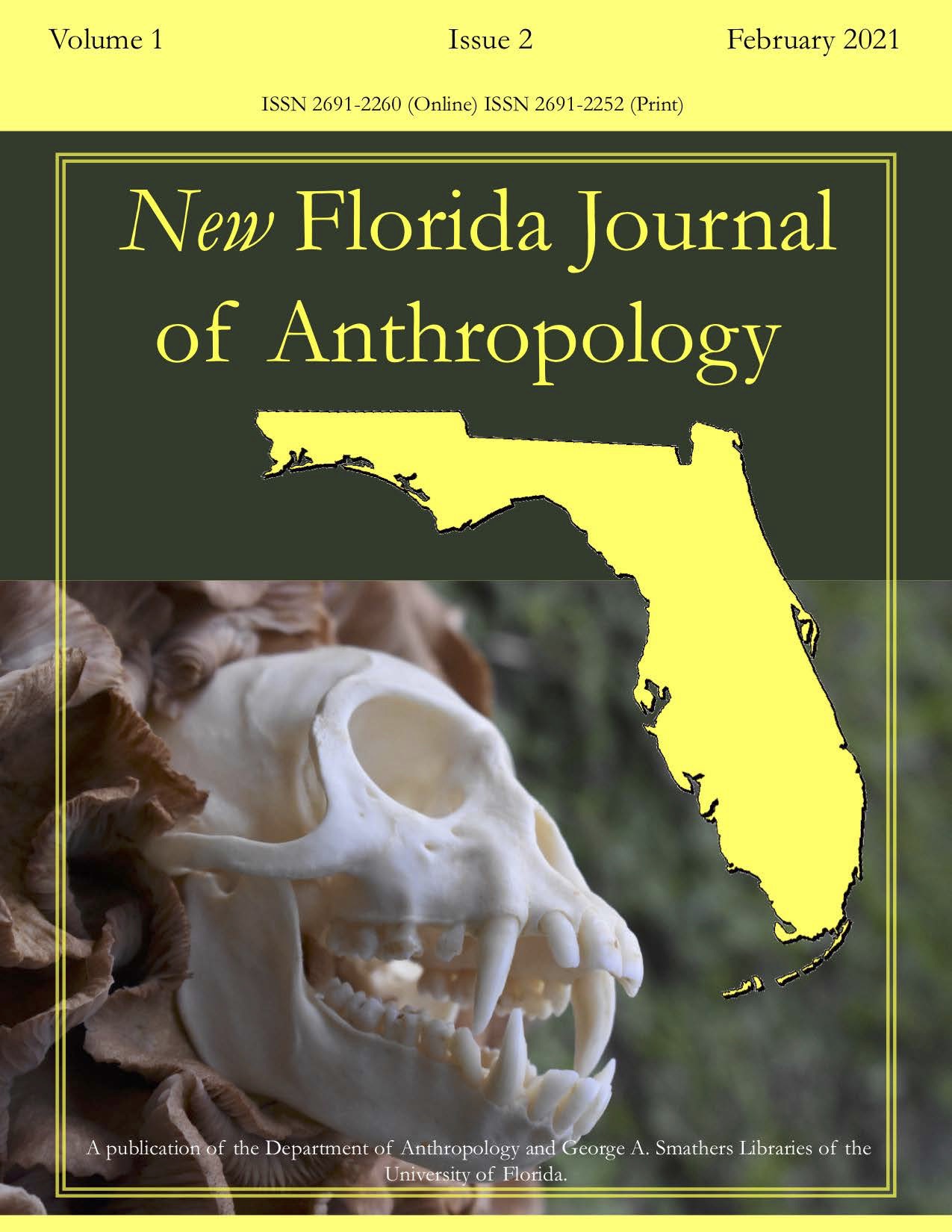The The Effects of Soft Tissue Removal Methods on Porcine Skeletal Remains
A Comparative Analysis
DOI:
https://doi.org/10.32473/nfja.v1i2.124117Keywords:
forensic anthropology, forensic science, mtdna, maceration, defleshingAbstract
Sus scrofa domesticus limbs were obtained as a human proxy to study the effects of five distinct materials used in published methods of flesh removal: Dermestes lardarius beetles (also referred to as dermestids), distilled-water boil, bleach boil, enzyme-based detergent simmer, and ammonia simmer. Each method was evaluated based on a set of specific criteria, focusing on time efficiency, macroscopic damage, and the effects on DNA preservation and potential for future analysis.
While the dermestid beetles had the longest time-expectancy and was the most labor-intensive, they caused minimal damage to the bone surface and did not appear to affect the DNA preservation. Heated maceration methods sped up the process considerably, but that often led to decreased DNA quantity and minimal to severe amounts of macroscopic damage. The ammonia simmer method was the only method tested that was found in zoological literature but did not appear to have any published use within the forensic field, operating occasionally instead as a degreasing agent. While the ammonia was the most potent of the methods, it was efficient, low-cost, and left amplifiable DNA, perhaps indicating a potential future in more forensic contexts.
Each method proved to have different advantages and disadvantages, with no method performing the best or worst in every evaluated criteria. The results of this research highlight how differently each method performs and how easily bone material can be affected. Method selection can severely impact later research and analysis and the choice demands to be made with consideration and awareness of the potential risks and desired results.
Downloads
Published
Issue
Section
License
Creative Commons License
New Florida Journal of Anthropology applies a Creative Commons CC BY-NC 4.0 license to encourage sharing and reuse of content and maximize the published research’s impact. By publishing in the New Florida Journal of Anthropology, authors agree that the terms of this license will be applied to the Submission. The George A. Smathers Libraries at the University of Florida (copyright@uflib.ufl.edu) may be able to offer additional information.
By granting this license, authors acknowledge that they have read and agreed to the terms of this agreement.


